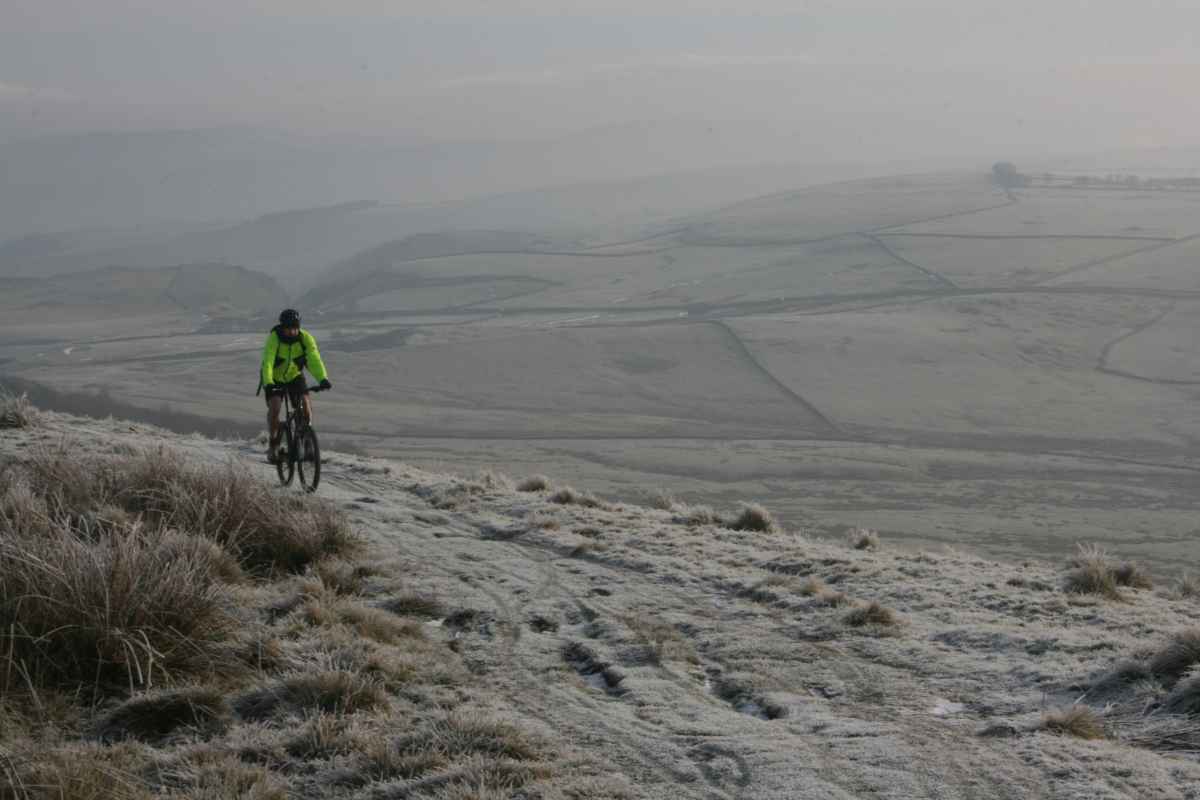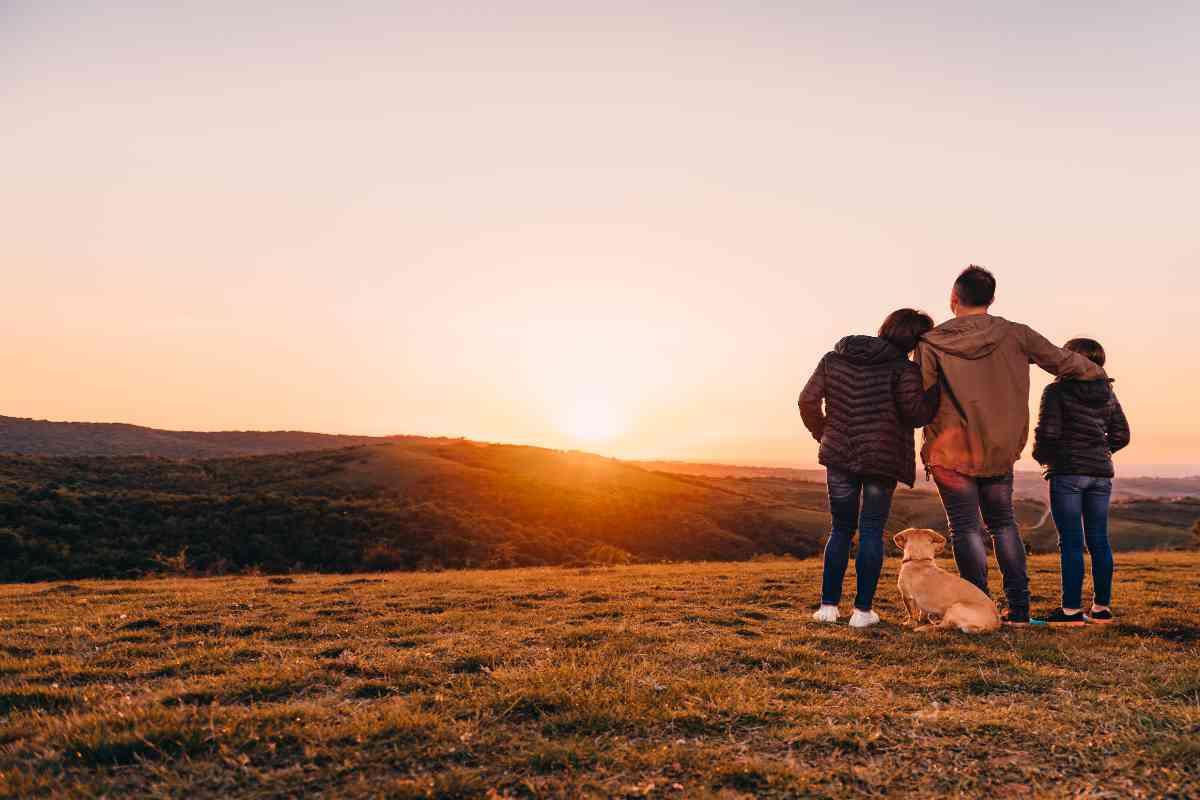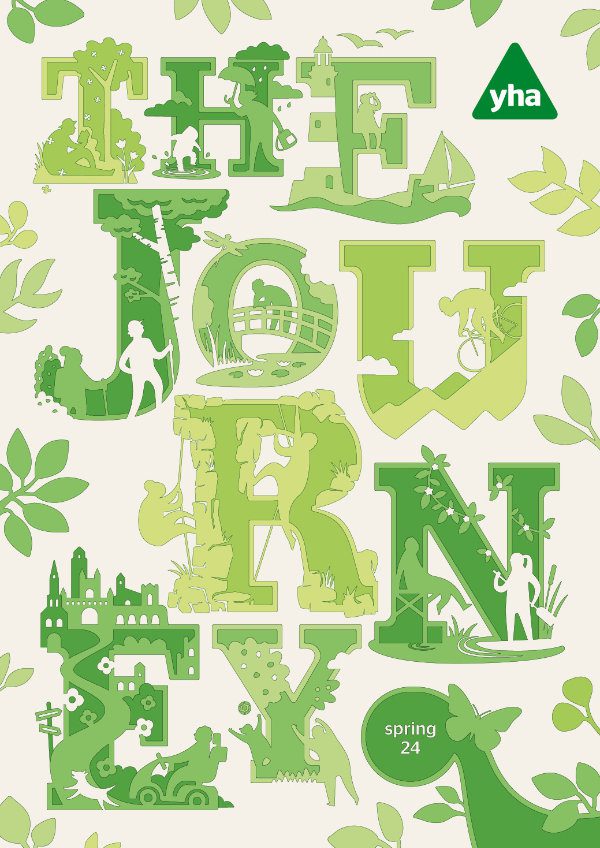Our oldest National Park is a world-class playground for climbers, mountain bikers and hikers. It covers 555 square miles, encompasses a wildly diverse range of landscapes, and has more history than you can shake a stick (or perhaps a walking pole) at. Welcome to the Peak District.
Broadly, the park can be divided into the Dark Peak in the north and the White Peak in the south. The dales in the White Peak are largely comprised of blonde limestone and are as gentle as a ruffled duvet, but they’re in stark contrast to the moorland and jagged edges of the northern Peak District, where the landscape is covered with the millstone grit that gives the Dark Peak its name.
Autumn and winter, when the low sun shines its golden light across the frosty farmland, are perhaps the most spectacular seasons to walk the deserted footpaths. Hikers can explore Norman castles, walk bucolic valleys or perhaps take their first steps along the 268-mile Pennine Way National Trail.
Cosy country pubs, many little changed from when they served as coaching inns during the 16th and 17th centuries, offer a welcome respite from the crisp chill (who can resist a local ale or two by the fireside?).
In this feature, you’ll find our pick of Peak District activities for walkers, cyclists and families. And once you’ve chosen your adventure, you can then choose your base — we have no less than 10 hostels within the National Park, each of which has its own distinctive vibe.
Best for walkers

Kinder Scout is always an adventure. This great moorland plateau provides one of the best days out in Britain. The sense of adventure comes from its remoteness, the glorious northern panoramas it serves up, and the fact that — should you choose to plough straight across it — it poses the most challenging navigation in Britain.
But if you’d like to experience it in a more manageable way, one of our favourite walks is this circular hike from YHA Edale Activity Centre. It takes in lively terrain, offers expansive views and reaches the site of the Kinder Trespass, a moment in history that led to the opening up of the countryside for outdoor enthusiasts. And because we’re not plunging across the top of the plateau, the odds of being benighted on Kinder itself are greatly reduced!
From YHA Edale Activity Centre, head into Edale itself, past the Old Nags Head — which sits adjacent to the official start of the Pennine Way National Trail — and follow the footpath up Grindsbrook Clough. Once you reach the plateau of Kinder Scout, follow the edge west, past Crowden Tower and Edale Head. At the junction with the Pennine Way, you can walk back down Jacob’s Ladder and into Edale, but we’d recommend walking north to Kinder Downfall. As well as being a spectacular waterfall, it’s also from here that you can see Kinder Reservoir, the route where Benny Rothman and his band of ramblers changed access to the mountains forever in 1932. Their organised trespass highlighted the lack of access to regular folk and eventually led to the formation of the National Parks and Trails.
If you’re feeling adventurous (and are a very confident navigator), you could follow the footpath back southeast to Grindsbrook Clough. Or return south on the Pennine Way, descend Jacob’s Ladder and walk straight through the doors of the Old Nags Head.
Three more Peak District autumn walks
- Dovedale is an understandably popular spot but much quieter in autumn and winter. YHA Ilam Hall is on the footpath that leads directly through this beautiful valley.
- The Limestone Way is a 46-mile trail that links up different parts of the White Peak. One of the loveliest (and quietest) sections is from YHA Youlgreave south to Matlock.
- The views from Stanage Edge are some of the best in the Peak District. YHA Hathersage is well placed to climb up to Stanage Edge and Burbage Rocks.
Best for cyclists

The vast and sparsely populated limestone White Peak extends over the southern area of the Peak District, offering solitude and spectacular countryside. The villages in this area — including the lovely settlements of Longnor, Youlgreave and Flash, the highest village in Britain at 463m above sea level — still feel pleasantly isolated. Linking up the villages is a network of quiet roads; perfect for two-wheeled exploration. Leaving from one of the southern Peak District hostels, such as YHA Alstonefield, YHA Ilam Hall or YHA Hartington Hall, road cyclists can climb west towards Flash, Axe Edge Moor and Wildboarclough. Maybe stop for a coffee at the Cat and Fiddle Inn, the second highest pub in England.
Four more cycling options in the Peaks
- The Pennine Cycleway is a Sustrans-sponsored route from Derby to Northumberland. The Peak District section is 80 miles long and runs from Derby to Holmfirth through Buxton and New Mills. It links up several car-free trails too.
- The High Peak Trail is 16 miles long and follows a former railway route through the Derbyshire Dales.
- For mountain biking, take on parts of the Pennine Bridleway. The entire trail, which is suitable for mountain bikers, is 205 miles long and passes through the Peak District and Yorkshire Dales National Parks. The Peak District section starts at Middleton Top Visitor Centre, through Hayfield and up to Glossop.
- For challenging mountain bike routes, link up the bridleways and minor roads from Edale, taking in The Roych and the formidable Jacob’s Ladder descent.
Best for families

d The impossibly grand Chatsworth House and the older but no less interesting Haddon Hall both offer a fascinating insight into the history and heritage of the Peak District. Not only this, but they both have an extensive range of cultural and family-friendly events throughout the year, as well as vast grounds where you can let the kids run wild.
The Chatsworth Estate extends over two counties and encloses several villages, hamlets and mills. The centrepiece is, of course, the ‘Palace of the Peak’, Chatsworth House, the home of the Duke and Duchess of Devonshire. Despite all the photos, TV and movie appearances, nothing quite prepares you for the approach down the drive, past reddening trees, to the house. The 450-hectare park around the mansion is freely open to the public, as well as large roaming herds of red and fallow deer. Although seemingly wild, most of it was landscaped by ‘Capability’ Brown in the 1760s. A pleasant walk leads south along the River Derwent to Beeley.
Haddon Hall is another Hollywood star and has featured in dramas set in the Tudor period. The 14th-century banqueting hall still has a minstrel’s gallery, and the frescoes in the chapel are a highlight. It has a gift shop, a restaurant and events throughout the year, including popular wildlife walks.
Where to stay in the Peak District
YHA Alstonefield
A remote, self-catering hostel in the White Peak with superb views.
YHA Castleton Losehill Hall
A large, 156-bed hostel and one of YHA’s main education centres.
YHA Edale Activity Centre
A large country house below Kinder Scout with on-site activities.
YHA Eyam
A converted Victorian folly above the historic ‘plague’ village of Eyam.
YHA Hartington Hall
A cosy 17th-century manor house with log fires and oak panelling.
YHA Hathersage
In the village of Hathersage, well placed for climbing on the Peak District’s edges.
YHA Ilam Hall
A Victorian gothic mansion in 84 acres of National Trust parkland near Dovedale.
YHA Ravenstor
Located between Bakewell and Buxton, in 60 acres of peaceful grounds.
YHA Sheen Bunkhouse
A converted gritstone barn near Dove and Manifold valleys and YHA Hartington Hall.
YHA Youlgreave
Quiet accommodation in a serene village in the eastern White Peak area.
Peak District fact file
- The Peak District was the UK’s first National Park, set up in 1951, and covers 555 square miles.
- Around 20 million people live within an hour of the National Park.
- The area was first farmed 6,000 years ago. Traces of Roman terraces can still be seen.
- There are some 26,000 miles of dry stone wall in the Peak District.
- There are 1,600 miles of public rights of way and 58 miles of dedicated off-road cycle trails.
- The Peak District National Park has England’s only population of mountain hares.
Read next: Let’s go learn about wonderful worms.






